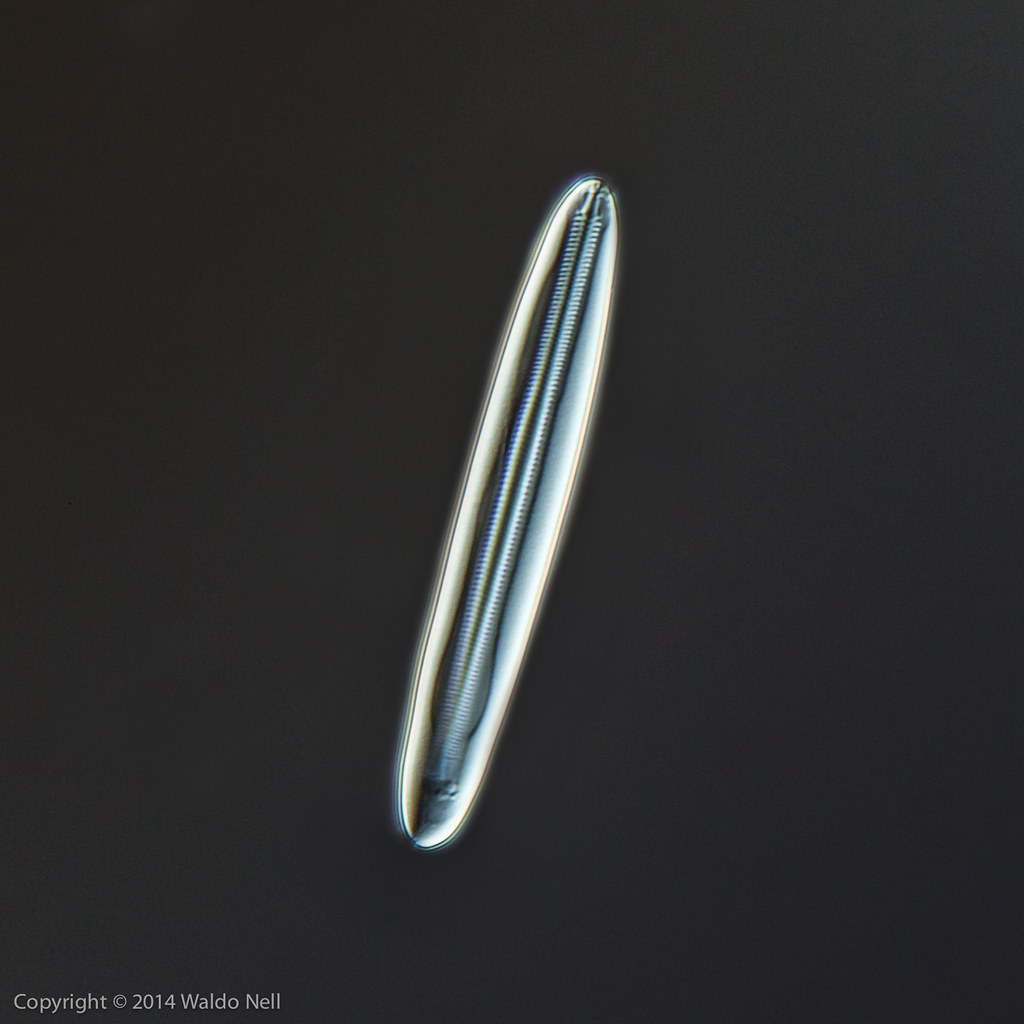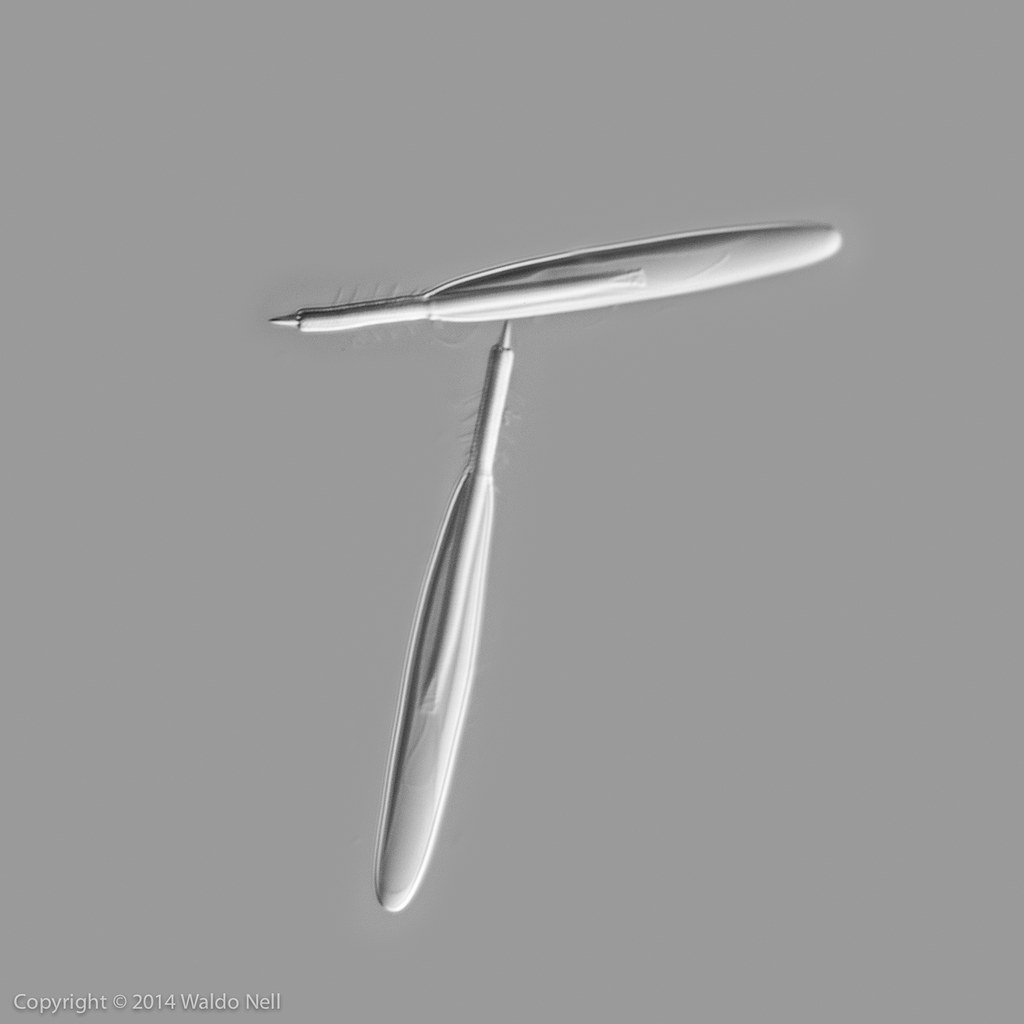
20140607-DSLR_IMG_0011-Edit.jpg by pwnell, on Flickr
Aiptasia - unfired nematocyst,60x/1.2*1.6, DIC

20140607-DSLR_IMG_0153-Edit.jpg by pwnell, on Flickr
Aiptasia fired nematocyst,60x/1.2*1.6, DIC, HF B

20140607-DSLR_IMG_0181-Edit.jpg by pwnell, on Flickr
Aiptasia partially triggered nematocysts,60x/1.2*1.6, DIC
